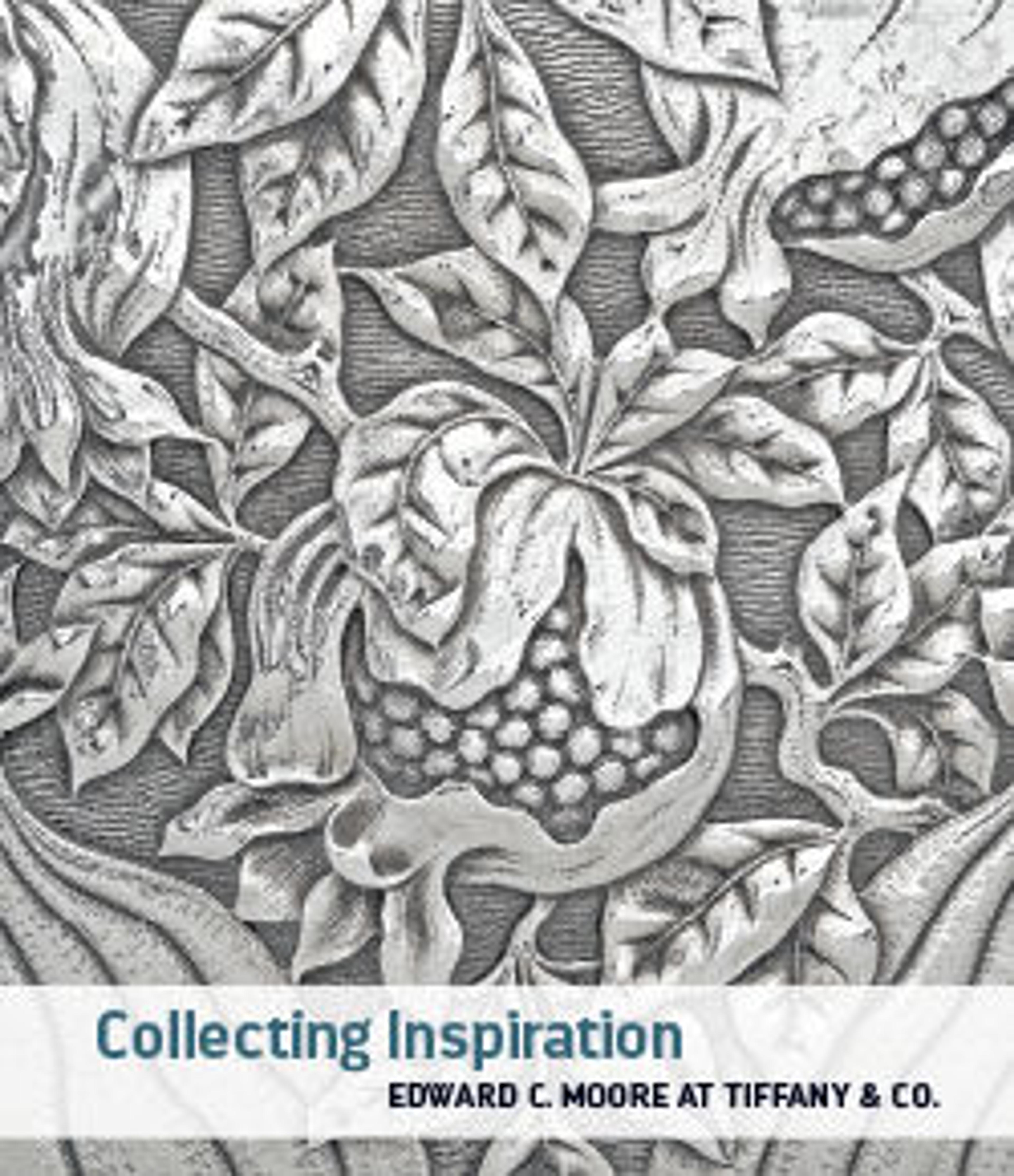Freshwater Jar (Mizusashi)
Kenzan was born into a wealthy merchant household and become involved with pottery production in his thirties. His style over time became a “brand,” Kenzan ware, exemplified by the teabowl. It features a graphic pattern of auspicious plants, pine, and bamboo that is associated with longevity and New Year celebrations. The freshwater jar by Kenzan’s successor, Ihachi, has geometric patterns in blue, brown, and yellow glazes that resonate with Moore’s design sensibilities.
Artwork Details
- 二代仁清作 色絵幾何学文水指
- Title:Freshwater Jar (Mizusashi)
- Artist:Ogata Ihachi (Japanese, active ca. 1720–1760)
- Period:Edo period (1615–1868)
- Date:first half 18th century
- Culture:Japan
- Medium:Stoneware with polychrome underglazes (Kyoto ware); wood with black lacquer lid
- Dimensions:H. 6 1/2 in. (17.1 cm); H. incl. lid 7 1/2 in. (19.1 cm); Diam. 5 7/8 in. (14.9 cm); Diam. of rim 5 3/8 in. (13.7 cm)
- Classification:Ceramics
- Credit Line:Edward C. Moore Collection, Bequest of Edward C. Moore, 1891
- Object Number:91.1.343
- Curatorial Department: Asian Art
More Artwork
Research Resources
The Met provides unparalleled resources for research and welcomes an international community of students and scholars. The Met's Open Access API is where creators and researchers can connect to the The Met collection. Open Access data and public domain images are available for unrestricted commercial and noncommercial use without permission or fee.
To request images under copyright and other restrictions, please use this Image Request form.
Feedback
We continue to research and examine historical and cultural context for objects in The Met collection. If you have comments or questions about this object record, please contact us using the form below. The Museum looks forward to receiving your comments.
